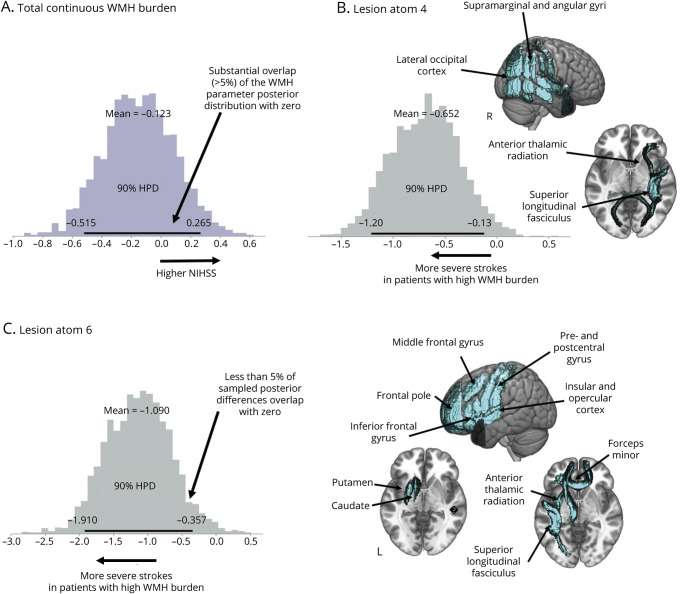Figure 5. Substantial Differences in Lesion Pattern Effects for Patients With Low and High WMH Burden.
(A) Bayesian posterior distribution of total WMH burden effect. There was a substantial overlap (>5%) with zero for the Bayesian posterior distribution of the total WMH burden. Therefore, there was no evidence of an overarching total WMH burden effect on stroke severity. (B) Substantially enhanced lesion pattern 4 effect in patients with a high WMH burden. We evaluated how much the Bayesian posterior distributions of coefficients for patients with a high and low WMH burden differed from one another by subtracting one posterior distribution from the other one, which resulted in difference distributions. In case of lesion pattern 4, a right-hemispheric lesion pattern, prominently featuring temporoparietal brain regions, a higher stroke severity was specifically linked to those patients with a high WMH burden. This circumstance was inferable from the nonsubstantial overlap of the difference Bayesian posterior distribution with zero (lesion pattern 4 [low − high WMH burden difference distribution]: mean = −0.7, 90% HPDI = −1.2 to −0.1). (C) Substantially enhanced lesion pattern 6 effect in patients with a high WMH burden. In addition, lesions of left-hemispheric brain regions, among others featuring the insular and opercular cortex as well as inferior and middle frontal gyrus and precentral and postcentral gyrus, were associated with a higher stroke severity in patients with a high WMH burden (lesion pattern 6 [low − high WMH burden difference distribution]: mean = −1.1, 90% HPDI = −1.9 to −0.4). HPDI = highest probability density interval; WMH = white matter hyperintensity.

